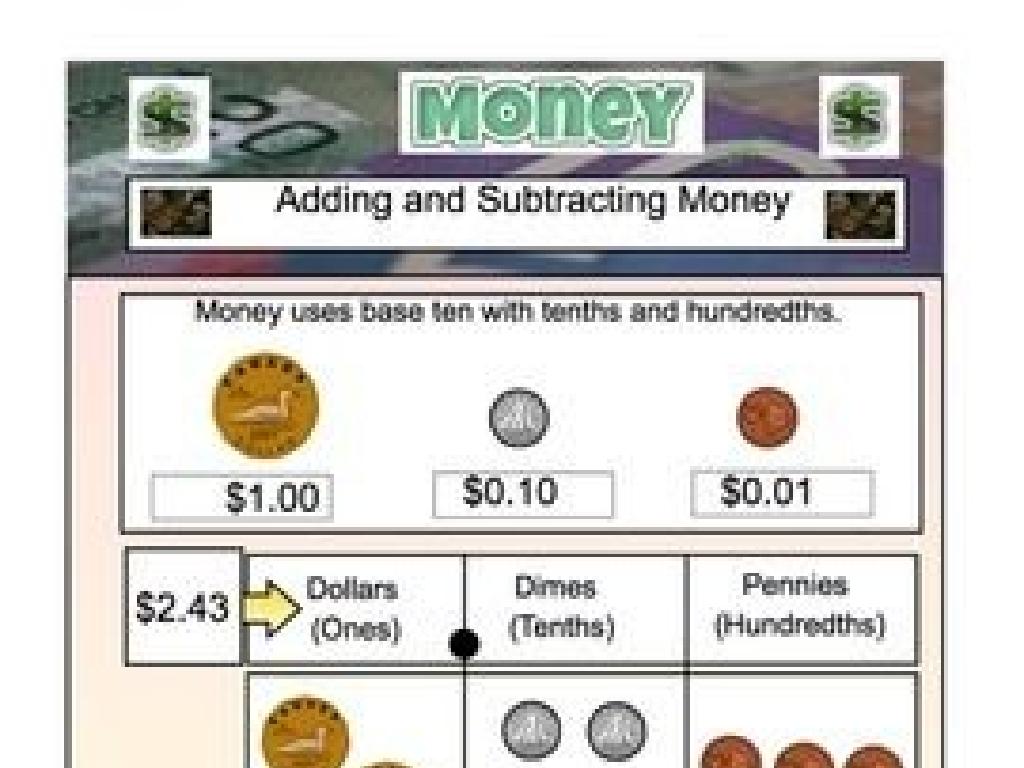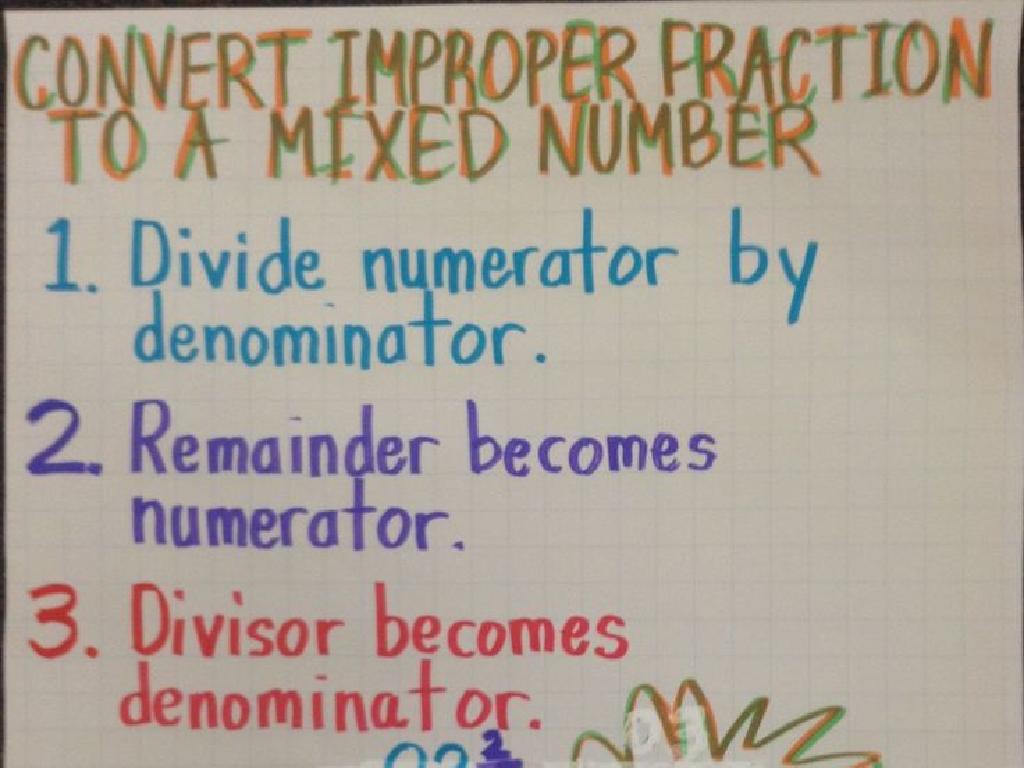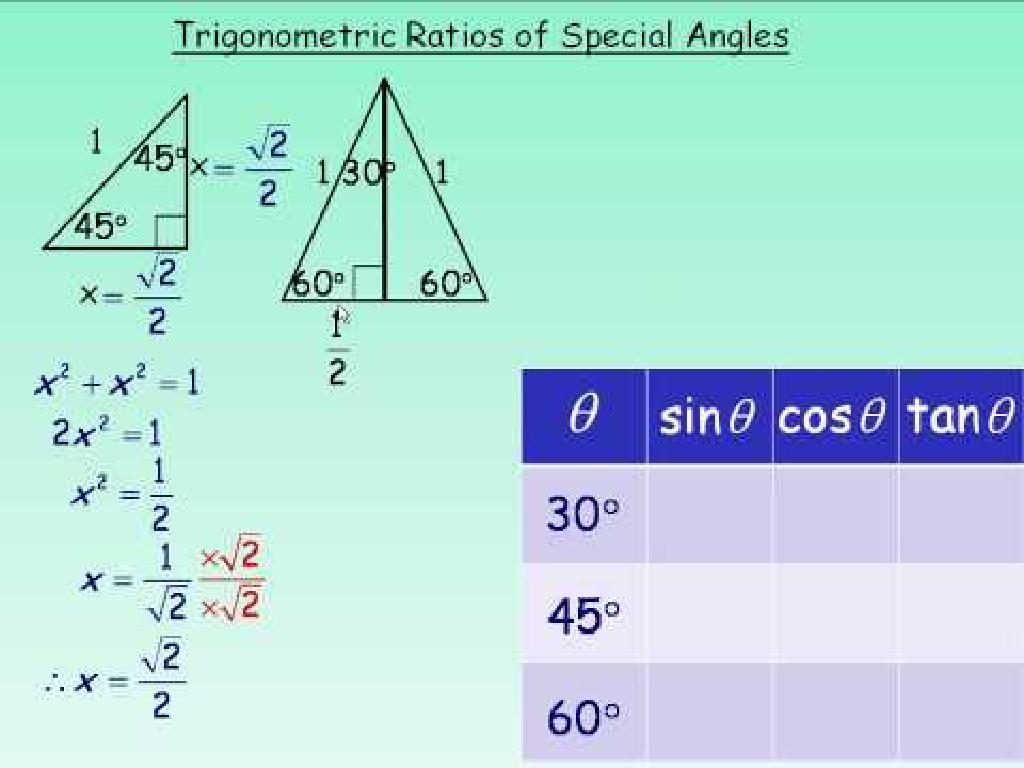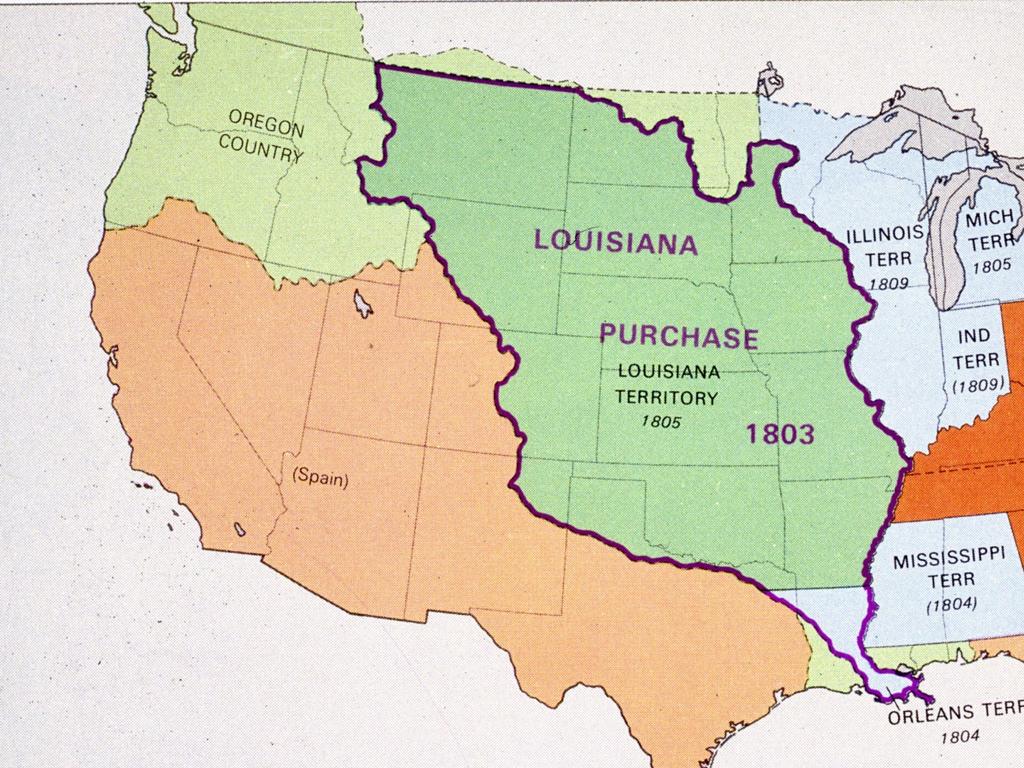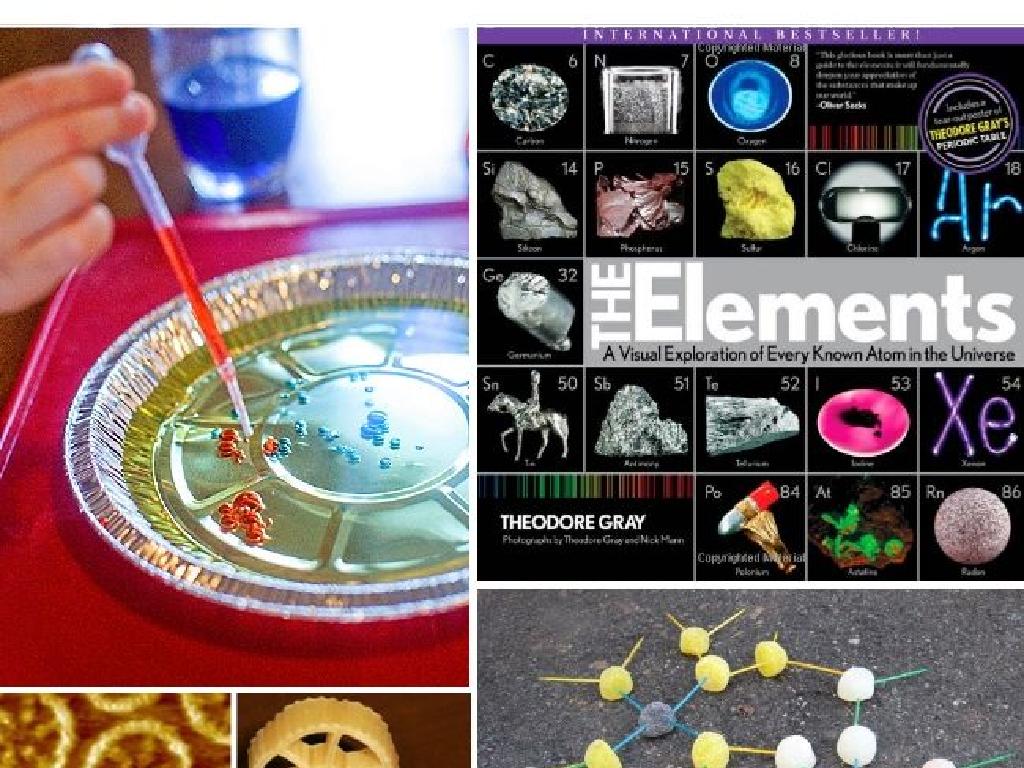Show Numbers With Cubes - Up To 5
Subject: Math
Grade: Pre-k
Topic: Counting To 5
Summary: Discover the joy of counting with cubes in this engaging Pre-K math lesson focused on numbers 1 to 5. Through hands-on cube stacking, visual recognition, and interactive group activities, young learners connect numbers with real-world quantities. Each number is explored with colorful visuals and counting practice, helping children build foundational math skills in a fun, tactile way. Perfect for early learners building confidence in number sense and one-to-one correspondence.
Please LOG IN to download the presentation. Access is available to registered users only.
View More Content
Welcome to Counting with Cubes!
– Greetings, little learners!
– Counting to 5 with cubes
– We’ll use colorful cubes to count from 1 to 5
– Why counting is important
– Counting tells us the quantity of items
– Let’s play and learn!
|
This slide is designed to introduce Pre-K students to the concept of counting using a hands-on approach with cubes. Start the lesson with a warm welcome to create an engaging and friendly atmosphere. Explain that counting is a fundamental math skill that helps us determine the quantity of objects we have. Use physical cubes to demonstrate counting from 1 to 5, allowing the children to visualize and better understand the concept. Encourage participation by having the students count along with you. Make the activity playful and interactive to maintain their interest. The goal is for the students to be able to count confidently to 5 by the end of the lesson.
Exploring Numbers with Cubes
– Numbers help us count
– Numbers are used daily
– Focus on numbers 1 to 5
– Using cubes to show numbers
– Cubes can represent numbers: 1 cube for 1, 2 cubes for 2, and so on
|
This slide introduces the concept of numbers to Pre-K students, emphasizing their role in counting and daily use. Start by explaining that numbers are symbols we use to tell us how many of something we have. Show physical cubes as a visual and tactile way to represent numbers, making it easier for young learners to grasp the concept. For example, one cube for the number 1, two cubes for the number 2, and so on up to five. This hands-on approach helps children understand the quantity each number represents. Encourage students to practice counting with cubes and to recognize the numbers 1 through 5. The goal is to make them comfortable with these basic numbers and understand that they correspond to quantities in the world around them.
Learning the Number 1 with Cubes
– This is the number 1
– One cube represents ‘one’
– When we see a single cube, that’s ‘one’
– Practice saying ‘one’
– Repeat ‘one’ every time you see one cube
– Can you say ‘one’ with me?
|
This slide introduces the concept of the number 1 to Pre-K students using a visual representation of a single cube. Start by showing them the digit ‘1’ and a single cube side by side. Explain that whenever they see one object alone, like a cube, it represents the number ‘one’. Encourage the students to say ‘one’ out loud each time they see one cube. This repetition will help them associate the quantity with the spoken word. For the activity, you can have different objects or pictures of single items and ask the children to identify them as ‘one’. Praise them for correct answers to build confidence.
Learning the Number 2 with Cubes
– Two cubes on the table
– Look, one cube plus one more makes two!
– Counting together: 1, 2
– Point and say the numbers as we count
– Two cubes represent the number 2
– When we see two objects, that’s the number 2
|
This slide is focused on helping Pre-K students recognize and understand the number 2 through the use of physical cubes. Start by placing two cubes in front of the class and encourage the students to count along with you, touching each cube as they say the number. Reinforce the concept that the quantity of two objects corresponds to the number 2. This visual and tactile method helps solidify the concept of counting and number recognition. For the activity, you can have students practice grouping objects into sets of two, counting various sets of two items in the classroom, and even pairing up with a friend to make ‘two’ as a group. The goal is to make the connection between the abstract concept of the number 2 and the concrete representation using cubes.
Learning the Number 3 with Cubes
– Visualize 3 cubes together
– See how three cubes look like
– Count the cubes: 1, 2, 3
– Touch and count each cube aloud
– Understanding the concept of 3
– Recognize 3 as a quantity and symbol
|
This slide is aimed at helping Pre-K students visualize and understand the number 3 using physical cubes. Show them three cubes and encourage them to count each one out loud. This tactile and visual approach helps solidify the concept of the number 3 as both a quantity and a symbol. Reinforce the learning by asking them to find groups of three objects in the classroom or at home. The goal is for the students to be able to recognize the number 3 in various contexts and understand that it represents a set of three items.
Learning the Number 4 with Cubes
– We have four cubes now
– Let’s count them together: 1, 2, 3, 4
– These cubes represent the number 4
– Four cubes lined up to show how we visualize ‘4’
|
This slide is focused on helping Pre-K students visualize and understand the number 4 using physical cubes. Start by showing them four cubes and encourage them to count along with you from 1 to 4. Make sure to point to each cube as you count. Explain that the number of cubes they see is the same as the number 4. This visual and interactive method helps solidify their understanding of counting and number recognition. For the activity, you can have students try to group other objects in fours or even find groups of four in the classroom or at home.
Learning Number 5 with Cubes
– Discovering the number 5
– Five is a number that comes after 4
– Counting cubes together
– Let’s say the numbers as we count each cube: one, two, three, four, five
– Connecting 5 cubes to the number 5
– Each cube represents one unit, so five cubes show us what ‘five’ looks like
– Practice counting to 5
|
This slide is aimed at helping Pre-K students visually understand the concept of the number 5 using tangible objects like cubes. Start by showing them five individual cubes and encourage them to touch and count each one. Reinforce the connection between the quantity of cubes and the number 5 by counting out loud together. Use clear and simple language to explain that when we have a group of five cubes, we can call this ‘five’. After the explanation, engage the students in a hands-on activity where they can practice counting to five using cubes or other classroom objects. This will help solidify their understanding of the number 5 through repetition and active participation.
Let’s Count Together with Cubes!
– Counting from 1 to 5
– Add a cube for each number
– Each cube represents one number
– Practice saying the numbers
– Ready? Let’s count: 1, 2, 3, 4, 5!
– Visual and verbal counting practice
|
This slide is designed to engage Pre-K students in a counting activity using physical cubes to represent numbers. It’s a hands-on way to help them visualize the concept of counting and understand the sequence of numbers. As you count aloud from 1 to 5, add one cube for each number, allowing the students to see the growing stack. Encourage the children to join in and count with you, reinforcing their number recognition and counting skills. After the activity, you can ask the students to count their own set of cubes or to work in pairs, fostering peer learning. This interactive approach helps solidify their understanding of numbers and counting in a fun and tangible way.
Class Activity: Building Numbers with Cubes
– Build and count with cubes
– Make numbers 1 to 5 using cubes
– Start with one cube for number 1, add one more for 2, and so on
– Show and tell with your creations
– Share your cube stacks with the class
– Have fun stacking cubes together
– Remember, playing with cubes is also learning!
|
This activity is designed to help Pre-K students visualize and understand numbers by using a hands-on approach. Provide each student with a set of cubes and guide them to build stacks representing numbers 1 through 5. Encourage them to count out loud as they add each cube. After building, students should present their cube stacks to the class, fostering a sense of accomplishment and reinforcing their counting skills. For the teacher: prepare different colored cubes to make the activity more engaging, and consider grouping students so they can learn from each other. Possible variations of the activity could include finding objects that match the number of cubes or combining stacks to introduce basic addition.

